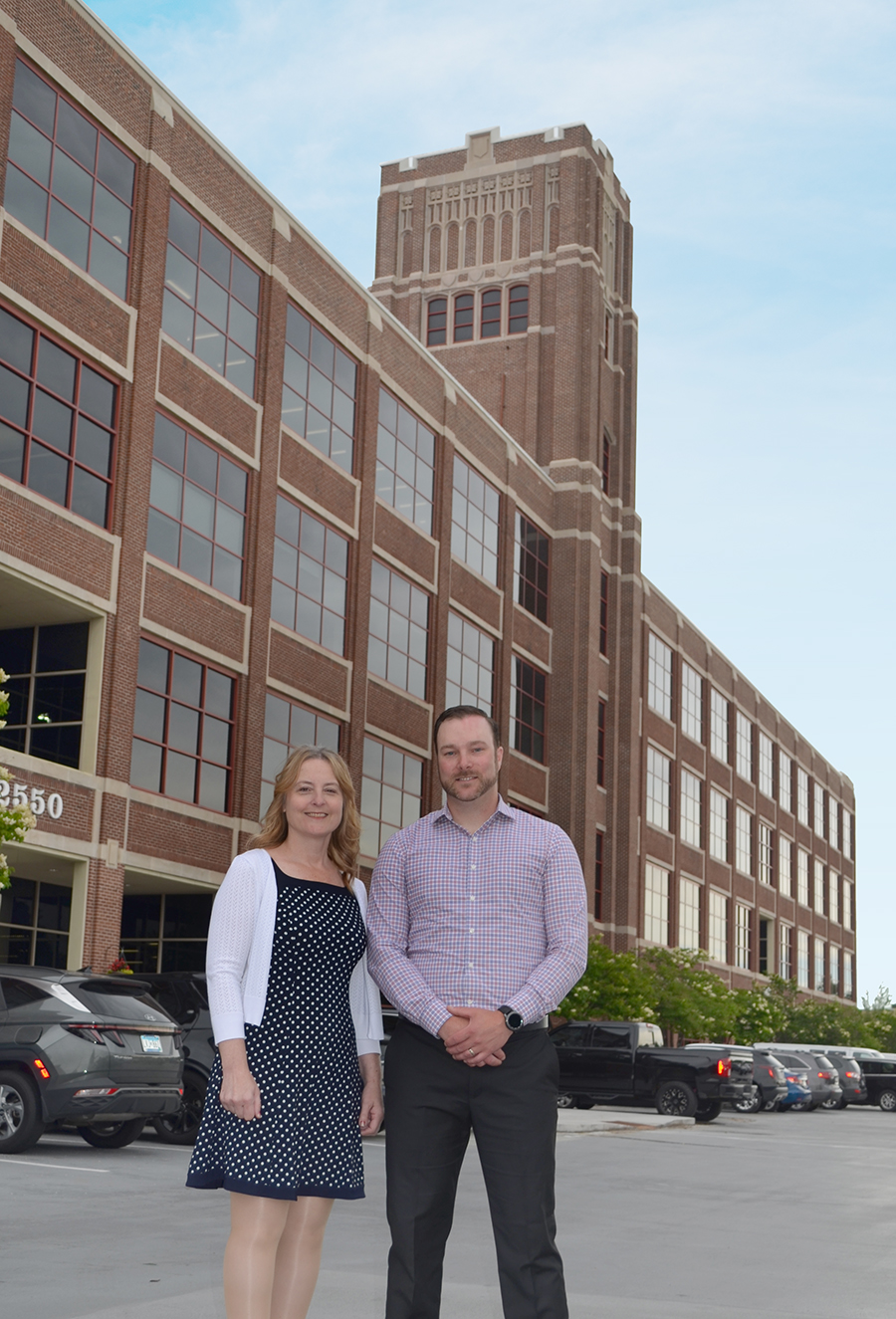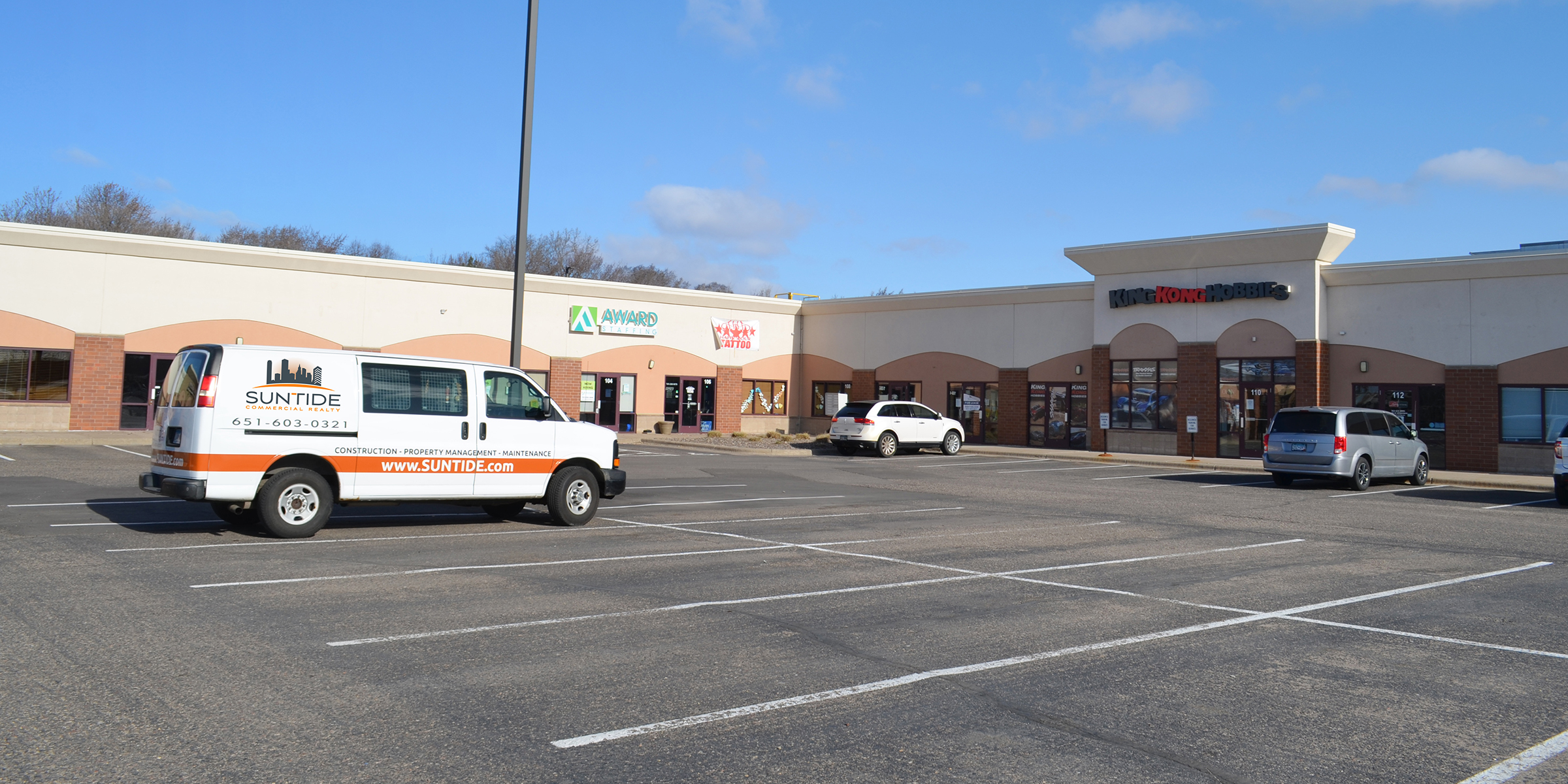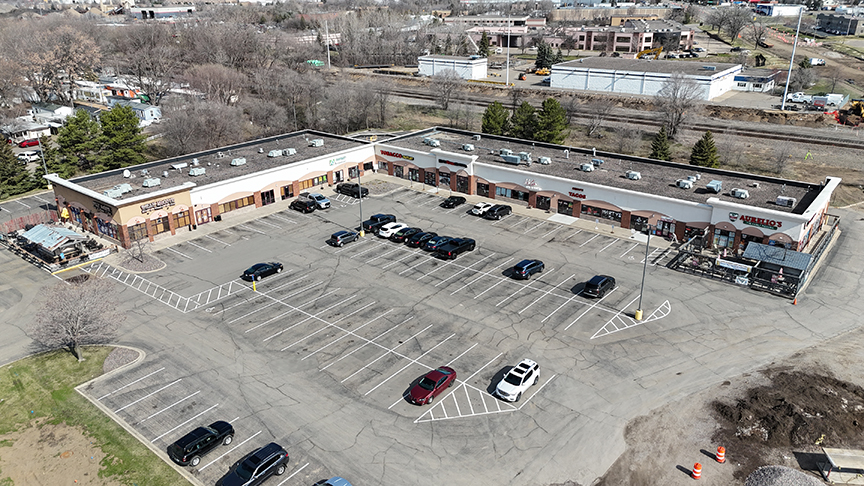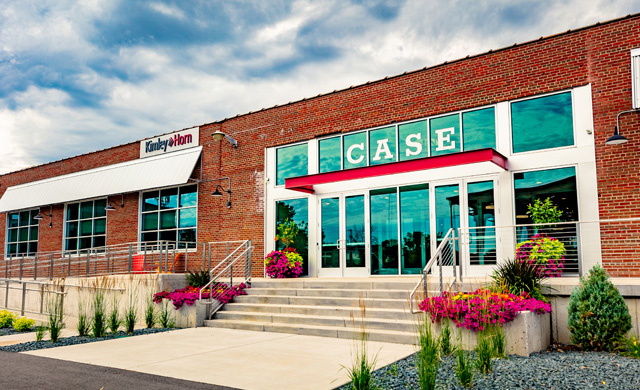High interest rates, economic uncertainty, increasing vacancies and higher operating costs are expected to lead to more commercial real estate properties facing financial stress. That’s also expected to drive more receiverships in 2024.
Receiverships are a way for lenders to have the court appoint an entity or individual to take control of the asset and either maximize the value of the property or liquidate it. Receivers do not work for lenders; they’re neutral.
St. Paul-based Suntide Commercial Realty, which has been a court-appointed receiver for foreclosed properties, and properties that are in the process of being foreclosed upon, is prepared for the potential uptick in the number of receiverships.
“We have been receiving calls from some clients who are already preparing for receivership services,” says Suntide CFO/COO Barb Schuba. “Through all the networking meetings that we’ve attended, and obviously, with the many loans coming due this year, high interest rates and low occupancy rates; we’ve been preparing for this to happen.”
Circumstances in which commercial real estate properties may go into receivership
A current example is the office sector, which has experienced a significant decline in demand due to more companies adopting permanent or hybrid working–from–home models post-pandemic. Other challenges include corporate consolidation and downsizing.
With the low occupancy rate and stagnating rents, Schuba says an office investor may have difficulties paying their bills.
“The borrower might not be able to pay their mortgage so that will require the default clauses to kick in on the lender side,” she explains. “Through that default process, there will be steps that the borrower must take, and if they can’t take those steps and don’t comply, the lender can petition the court to take the property back. That’s where receivership comes into place, because during that court process, somebody needs to look after the property.”
The courts assign a management company, such as Suntide, to take over quasi-ownership and look after the day-to-day management, leasing, repairs, and maintenance to ensure the property is secured and rent is being collected.
Mitch Robertson, Suntide’s Director of Property Management, also points to the “flight-to-quality” trend taking place as tenants opt for high-quality, amenity-rich office buildings and abandon Class B and C space, particularly in the 30,000-to-50,000-square-foot range.
“Post-COVID changed the use of these buildings, and we’re hearing that owners are having to make tough decisions about repurposing these buildings,” Robertson notes.
Onboarding, transition process for bringing properties into Suntide’s property management portfolio
“The biggest and quickest thing that we do right away is obviously get control of the property. We make sure that utilities are on, taxes are paid, insurance is paid, and the tenants are paying their rent,” Schuba points out.
Also important is increasing tenant confidence by maintaining the property without disruption. That means introducing yourself to tenants, providing new contact information, and ensure that things are running smoothly.
“Having that connection with the tenant is very important, and it will go a long way toward getting a handle on the property itself and potential future leasing,” Schuba notes.
The same holds true for vendors with contracts at the building.
“It’s a very close relationship with those vendors and making sure that they, too, know who’s on board, and who’s the responsible party that they will be working with,” adds Robertson.
Robertson says Suntide uses workflow process software, which assigns multiple team members specific tasks when a property is brought into the company, allowing the entire team to work on the asset simultaneously.
How long is typical receivership?
It depends on the situation. If the owners of the property are fighting hard to keep the property, Schuba says they may already be working toward remedies to solve the default. In this case, the property could be in receivership for several months.
However, many times the owners are in too deep. “Then it typically does fall back to the bank, unfortunately, and the bank would have us hold the property until they either sell it, or perhaps, decide to keep it for a longer term,” says Schuba.

Barb Schuba and MItch Robertson discuss Suntide’s role in the Receivership process.
Main issues Suntide tackles first
When Suntide is appointed receiver, typically, the biggest initial issues they take on include rent collection and deferred maintenance. Suntide identifies issues contributing to distress such as repairs, operational inefficiencies, and inadequate leasing efforts.
“We’re a full-service, commercial real estate firm so we have management, maintenance, construction, interior design, leasing and accounting; everything is all under one house,” notes Schuba.
With Suntide’s full-service approach, Suntide not only stabilizes the property, but can improve its value through financial analysis, increased operational efficiencies, and creative leasing strategies.
When it comes to increasing occupancy, the most important step Suntide takes is talking with the current tenant mix.
“What’s working for them? What’s not working for them? What are things they’re discouraged about? What can we do to help them through those problems?” says Schuba.
Robertson says it’s really trying to figure out why this building is distressed. “Is it high operating expenses? Is it a poor tenant mix? Should it be repurposed for a different use? Is it access issues?” he asks. “It’s wrapping your arms around why the building ended up in this situation. Ideally, we would definitely be involved in a strategy to help the property come out of that distress.”
Examples of Suntide’s receivership work
Suntide was appointed receiver for Sunfish Commons, a retail center in Ramsey. When Suntide took over the property, it was 80 percent vacant. It had one tenant and a liquor store that was about to close.
“We took this project on in the winter and quickly discovered that vacant spaces were without heat, which had led to frozen pipes and water damaged suites,” explains Schuba. “This unfortunate situation happened before our client, the bank, gained control of the building, which ultimately left the bank with a huge mess and potential liability.”
Suntide went in with response teams to clean up the water, remove wet sheetrock, pull up flooring, air the space out and troubleshoot the problems of the heat issues in those vacancies.

A retail center in Ramsey started out as a Receivership assignment. Suntide replaced sidewalks, updated the parking lot, added more energy efficient lighting, and a new reader board.
Sunfish Commons was struggling because a large median was put in on Sunfish Boulevard, which significantly reduced the flow of traffic into the center. Suntide met with the city and made several pleas to remove that median, to no avail.
“We fought very hard with the city to make necessary changes but unfortunately were not able to get very far with them. The gas station right in front of the center suffered so badly from this ingress-egress change that it inevitably closed down,” Schuba explains.
The city eventually purchased the gas station site and razed the building. That was beneficial for Sunfish Commons, because it allowed for a clear view of the shopping center from highway 10.
“When we took this property over it was 80 percent vacant. Today it’s 100 percent leased and is being sold from the bank to a Twin Cities investor,” says Schuba.
“We took control of the property, remedied the maintenance deferral issues, worked with the tenants on rent, thus keeping them happy.” The success of these tenants brought more excitement to the center, along with the improvements Suntide made to the property. Suntide replaced sidewalks, updated the parking lot, added more energy efficient lighting, and a new reader board.
“Every change we made and every step we took improved the visibility and excitement about this building, thus made leasing the vacant spaces all that much easier,” Schuba adds.

Today Sunfish Commons is 100% leased and is being sold from the bank to a Twin Cities investor.
The Case Building and 1000 University
Suntide has been providing property management services for over 30 years and has had similar success with other properties in the Twin Cities. For example, the Case Building and 1000 University, both in St. Paul’s Midway area, were both 100 percent vacant at the start of their assignments.
“The Case Building was a large, empty warehouse,” explains Robertson. “It was an old tractor parts facility that was used for storage over the years. Suntide converted it to a Class A, multi-tenant office building, which is now 88 percent leased, with just one vacancy remaining.”
As for 1000 University, the property was originally a manufacturing plant with a battery shop in the back. It was a distressed property, and when Suntide took this property over, the company did a complete overhaul and converted it into office space.
Suntide put a large addition onto the building at the south side including a new parking lot. Suntide also installed solar panels and high-efficiency, energy-saving equipment. The office building is now fully occupied.
To be a successful as a receiver, explains Schuba, is “the desire to treat these properties like your own, which will deliver positive results for our clients.”
The Case Building and 1000 University
Suntide has been providing property management services for over 30 years and has had similar success with other properties in the Twin Cities. For example, the Case Building and 1000 University, both in St. Paul’s Midway area, were both 100 percent vacant at the start of their assignments.
“The Case Building was a large, empty warehouse,” explains Robertson. “It was an old tractor parts facility that was used for storage over the years. Suntide converted it to a Class A, multi-tenant office building, which is now 88 percent leased, with just one vacancy remaining.”
As for 1000 University, the property was originally a manufacturing plant with a battery shop in the back. It was a distressed property, and when Suntide took this property over, the company did a complete overhaul and converted it into office space.
Suntide put a large addition onto the building at the south side including a new parking lot. Suntide also installed solar panels and high-efficiency, energy-saving equipment. The office building is now fully occupied.
To be a successful as a receiver, explains Schuba, is “the desire to treat these properties like your own, which will deliver positive results for our clients.”

The Case Building started out as an empty warehouse. Today it has been converted into a creative office building.

When Suntide took 1000 University over, the company did a complete overhaul and converted it into office space.
For more information on Suntide’s Receivershp Services, please contact
Barb Schuba
CFO/COO
651.209.9620
BSchuba@Suntide.com
Mitch Robertson
Director of Property Management
651.209.9619
Mitch@Suntide.com

